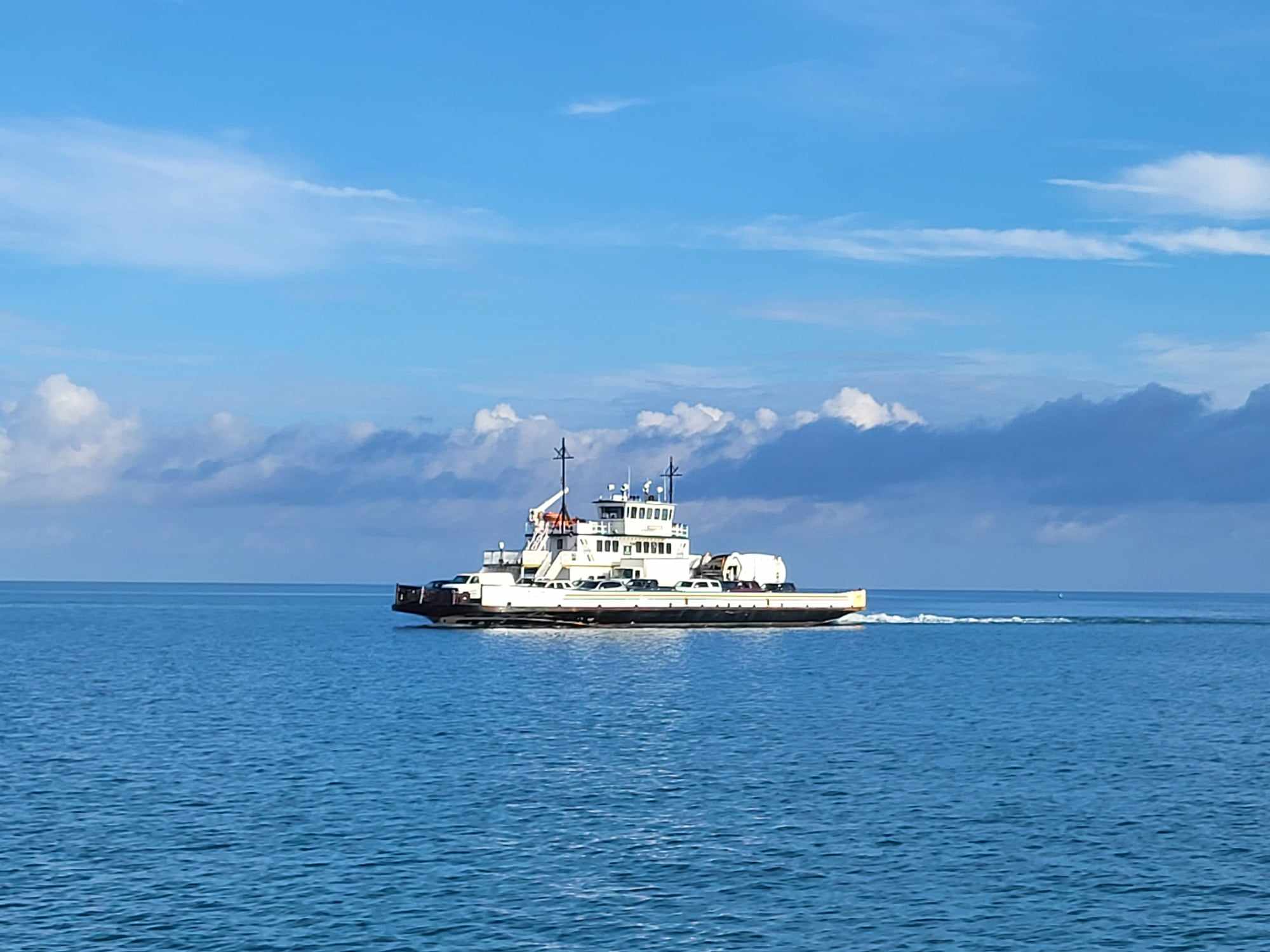UPDATED: Dare County is the big loser in bill that would shift sales tax revenue
By SANDY SEMANS
Finance officers for the county and town governments in Dare County have been scrambling to try to determine just how hard local budgets will be hit if Senate Bill 369, sponsored by Senate Majority Leader Harry Brown, an Onslow County Republican, and filed on Monday, becomes law.
The bill proposes a three-year phase-in to a per capita sales tax system distribution to replace the current formula, which portions out the sales tax based 75 percent on point of sale and 25 percent based on population.
The new plan would increase – in some cases double – the amount that some poorer, rural counties would receive, while reducing revenues flowing to more prosperous areas.
Brown said at a news conference on Monday that the rural counties are being shortchanged by a system that gives sales taxes to urban centers with shopping malls and big-box stores.
Of all the counties that would see decreased revenues, Dare County would take the largest hit – a 59.2 percent reduction in sales tax revenues.
According to Dare County Finance Director David Clawson, projections using countywide sales tax revenues from the last fiscal year ending June 30, 2014, the potential lost sales tax revenues for the county and the towns will total approximately $16.7 million.
The loss to the county’s budget equals about $11.5 million. That loss could translate into a property tax increase of about 9 cents. A document supplied by Brown’s office showed a tax increase of 8 percent, but that was the countywide amount and not the portion that is used by Dare County government.
In addition, incorporated towns would lose sales taxes used to bolster the budgets of those towns — anywhere from 6.63 percent in Manteo to 7.6 percent in Nags Head. The towns would have to raise property taxes from 3 cents in Duck to almost 5 cents in Nags Head and Kill Devil Hills.
Those increases would be on top of the countywide increase of 9 cents. So the total property tax increases in the towns would range from about 12 cents in Duck to more than 14 cents in Manteo.
Click here to see a chart on the estimated impact of the redistribution plan by county and towns.
During the news conference before the bill was filed, Brown repeatedly made reference to “adjustment factors” created in the late 1980s and insinuated that Dare County was receiving preferential treatment in the amount of sales tax revenue that it receives.
He asserted that “the home county of a former powerful Senate leader receives 49 percent more revenue than if it were strictly on a per capita basis, while Columbus County receives 19 percent less.” He was apparently referring to former Senate President Pro Tem Marc Basnight of Manteo.
Brown failed to mention that the adjustment to the per capita portion of sales tax that Dare County receives is applied only to the 25 percent of the amount based on population. The remaining 75 percent from point of sales is not adjusted. The amount lost attributed to the removal of the adjustment is about $700,000 – just 6 percent of the total loss.
“Three of the state’s richest counties that receive a disproportionate share of sales tax revenue – Mecklenburg, Wake and Durham – were awarded over 85 percent of state JDIG incentive funds last year and receive more dollars under the new transportation funding plan – programs paid for by all taxpayers,” notes his press release. Dare County receives no JDIG funds and very little in the new transportation plan.
Brown’s chart shows that the losses to those counties with the new formula would translate into only 1 or 2 cent tax increases due to the larger populations of those areas.
Because of its strong seasonal tourism economy, Dare County has large sales tax revenues, although its 35,000 population is relatively small. The tourism economy also brings with it summer populations of up to a quarter of a million people a week. The current formula was intended to compensate Dare — and other coastal counties — for services and infrastructure needed during the tourist season.
Click here to see a county-by-county breakdown of the legislation’s impact.













